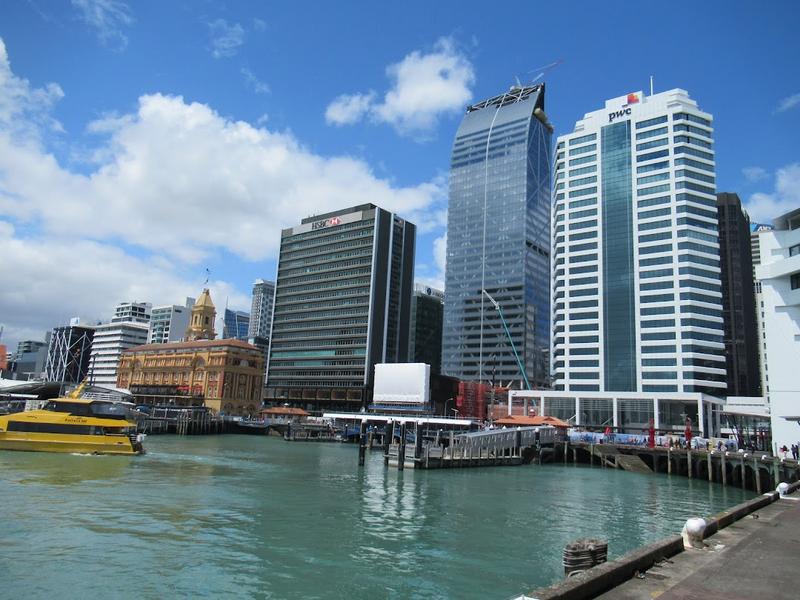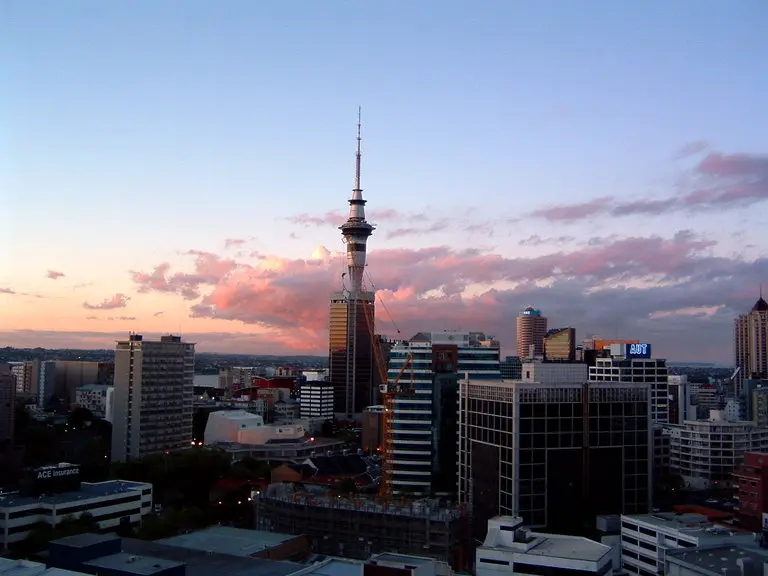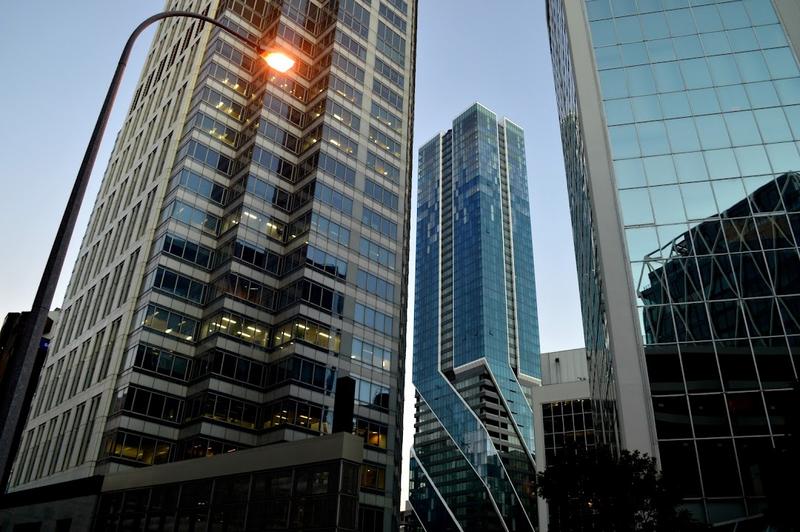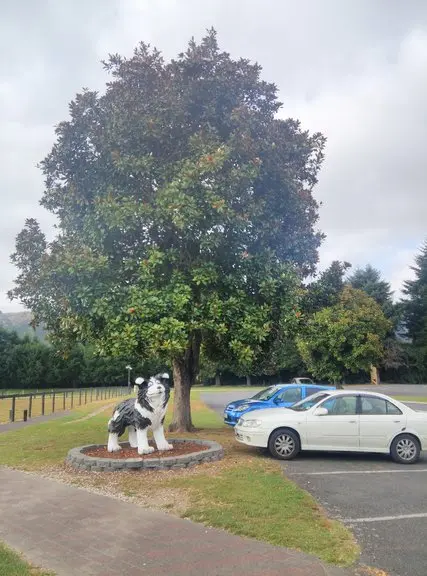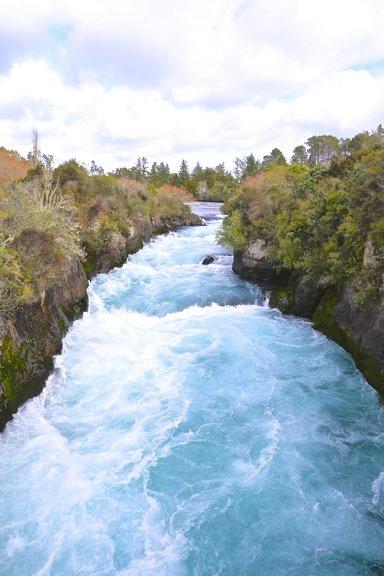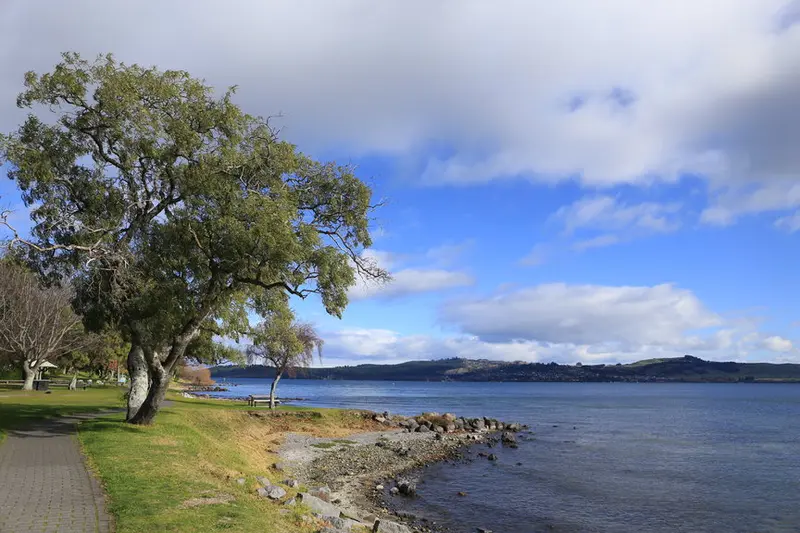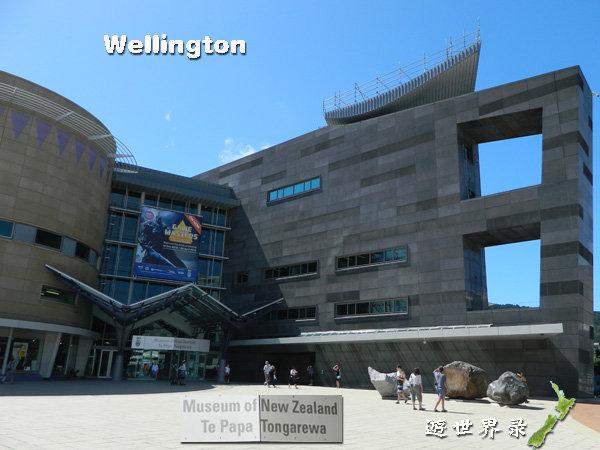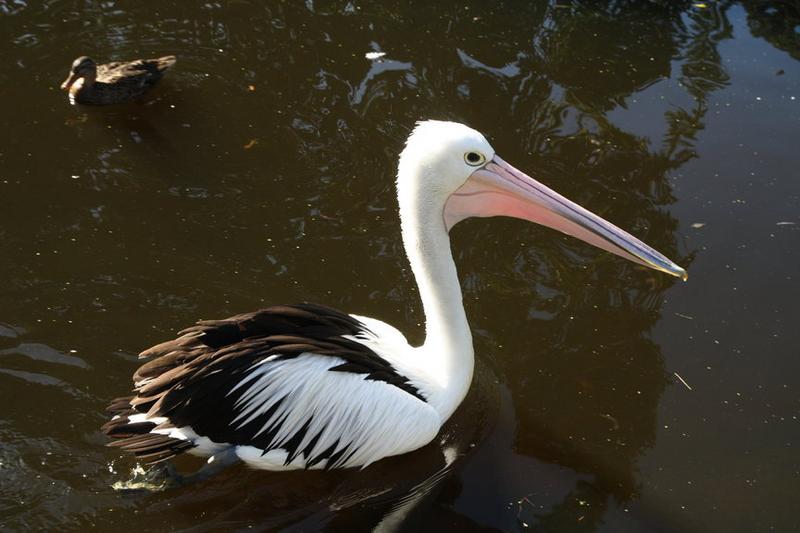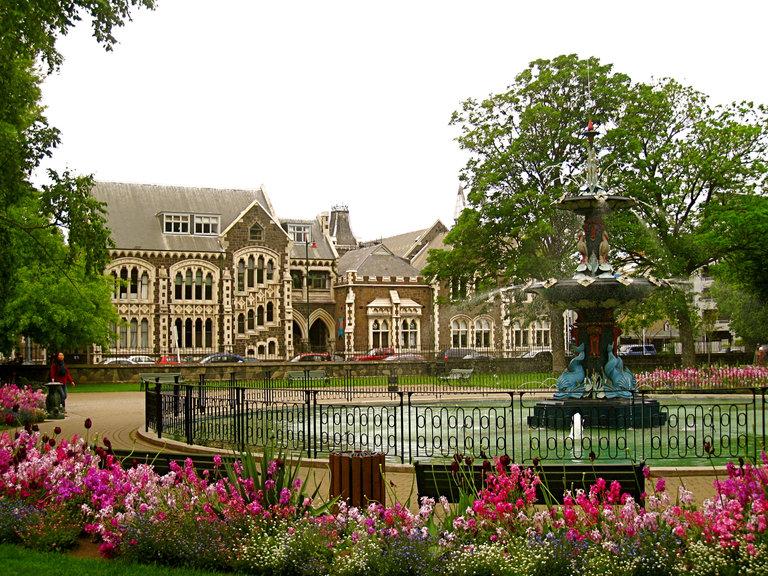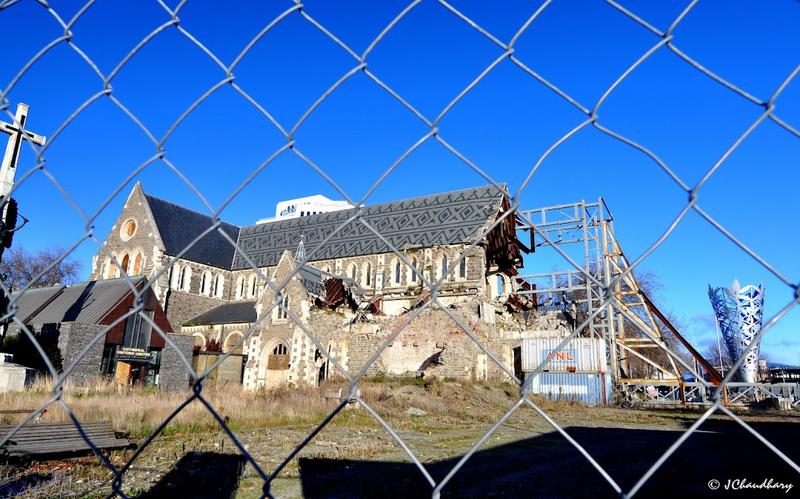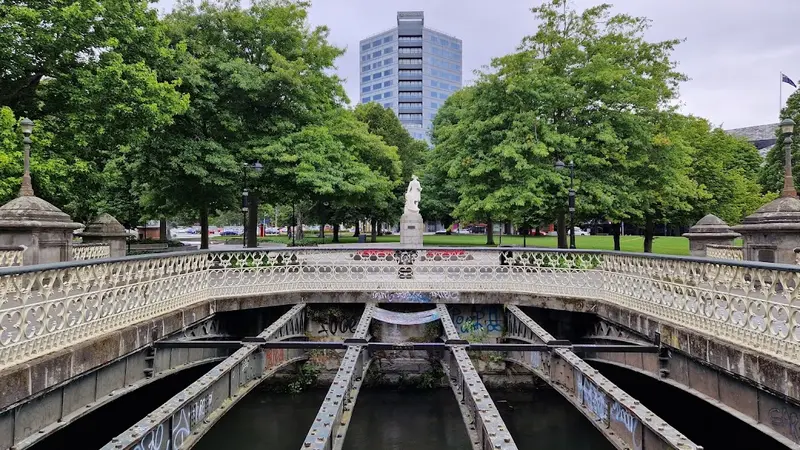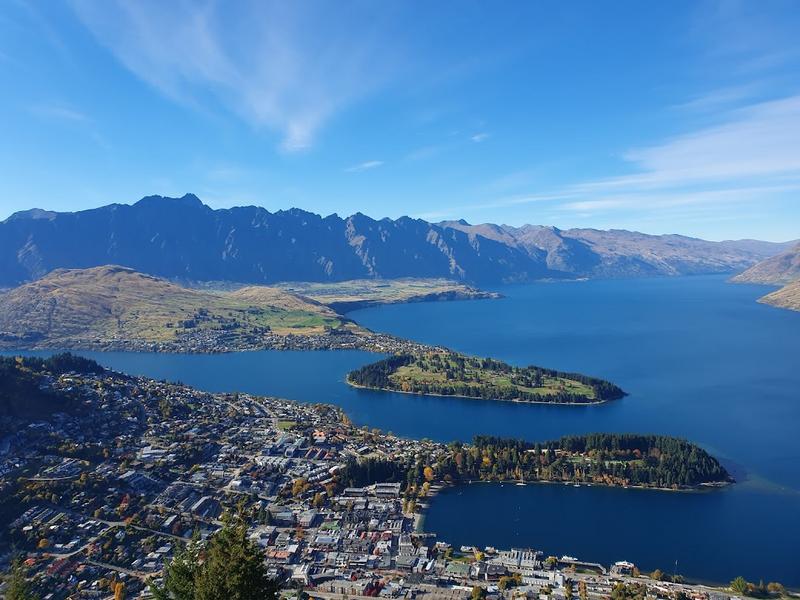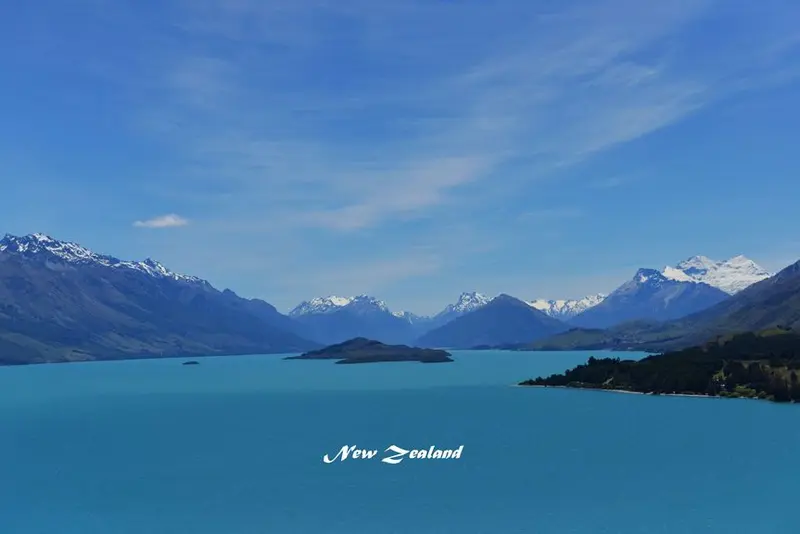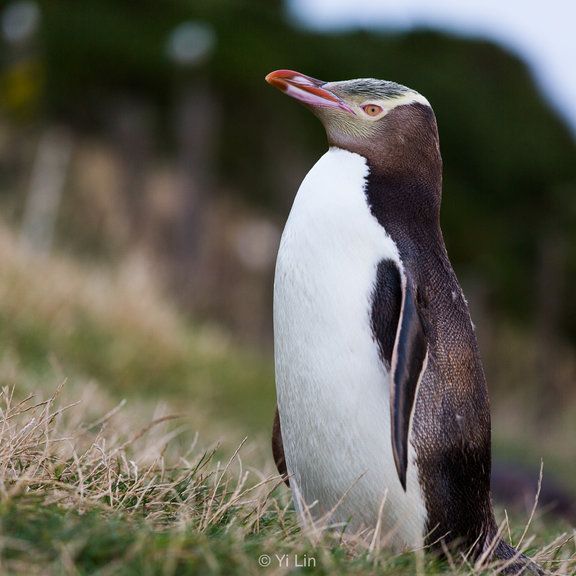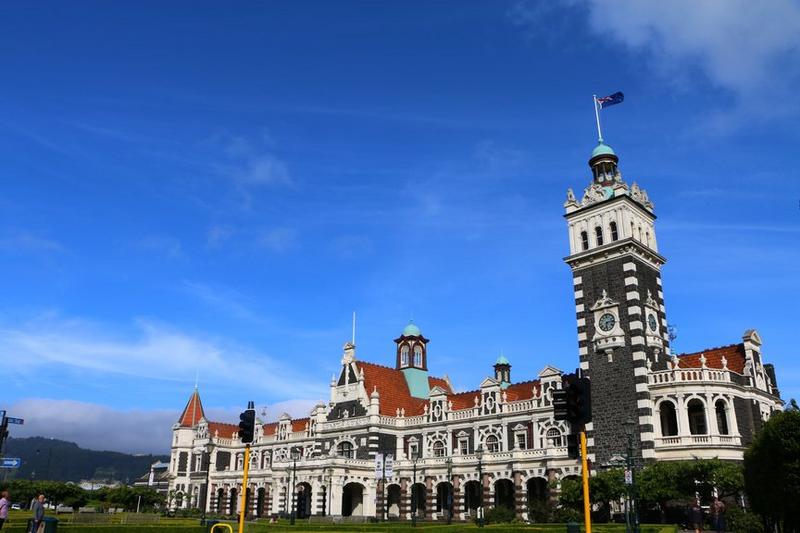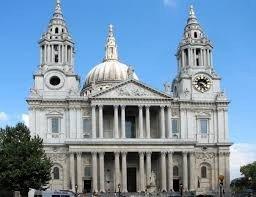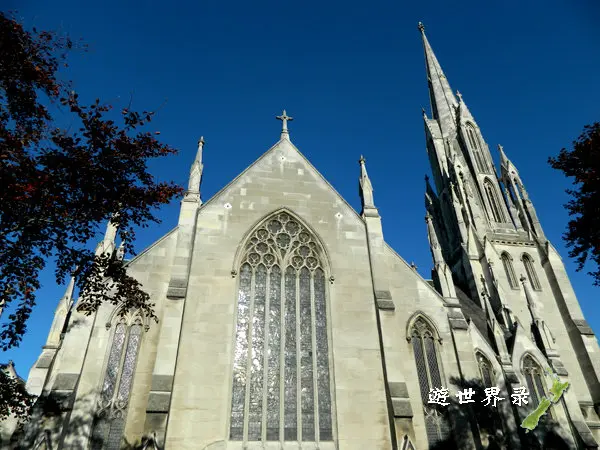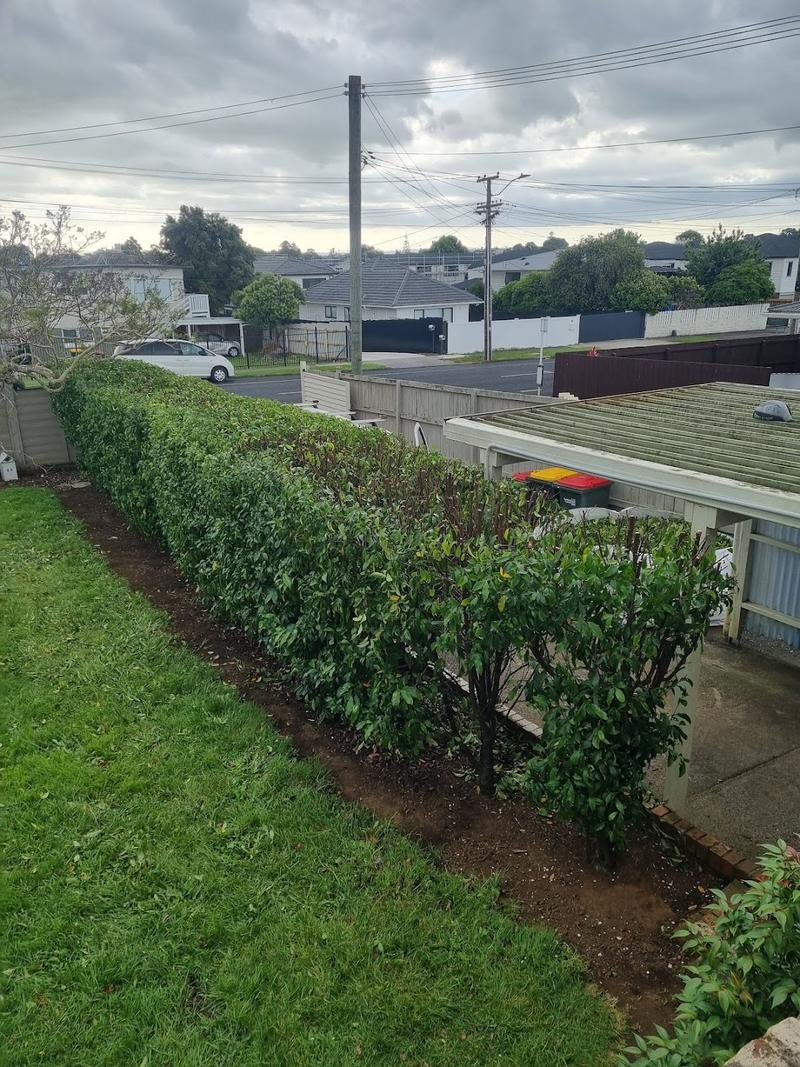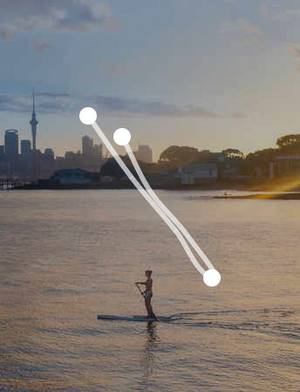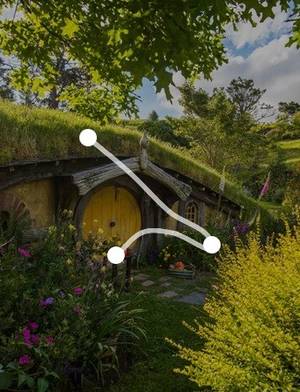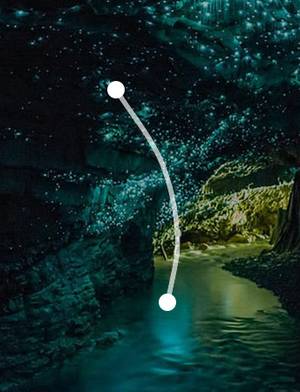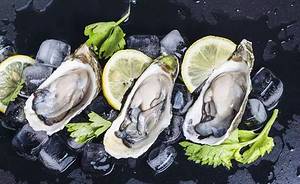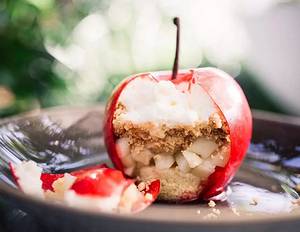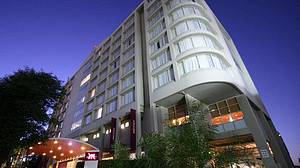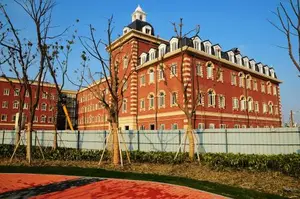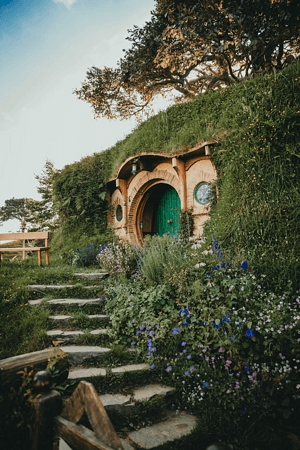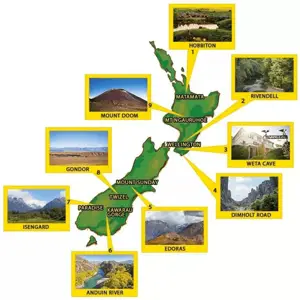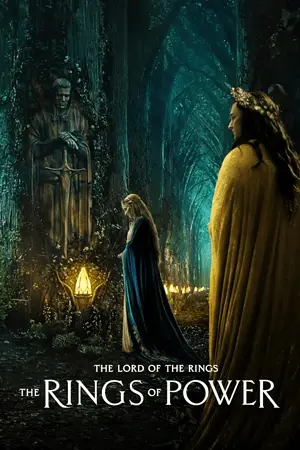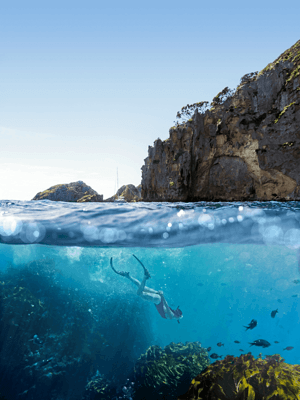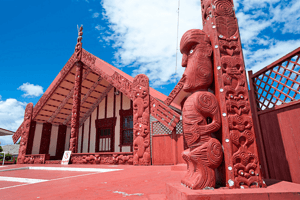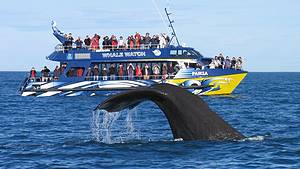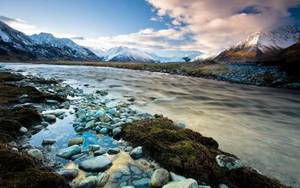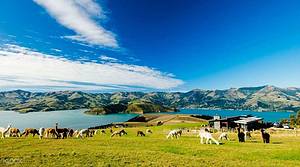12 Days in New Zealand
8 cities |
23 attraction(s) |
total distance 2606
km
 TIPS
TIPS
Day1
Day2
Day3
Day4
Day5
Day6
Day7
Day8
Day9
Day10
Day11
Day12
Day1: Auckland
1 attraction(s) ·
0 km
1
Day2: Auckland
3 attraction(s) ·
7 km
1
Sky Tower, the tallest building in the southern hemisphere, was built in 1996. It stands at 328 meters tall and boasts multiple observation decks which offer a 360-degree view of Auckland. High-powered binoculars aid visitors in enjoying the view. Broadcast services in various languages and interactive technology can be found throughout the tower. There are also audio-visual exhibits to help visitors learn more about Auckland. Visitors with tickets can access the main observation deck at 186 meters and the Sky Deck at 220 meters. If you are not afraid of heights, you can opt for the glass elevator ride, which allows you to admire outside views as you ascend. There are two observation decks on the tower, both surrounded by glass floors. You can stand on them and look up at the blue sky or feel the thrill of the high altitude beneath your feet. The SkyWalk and SkyJump are two extreme sports offered on the tower that require courage and daring to attempt. Several restaurants can be found on the tower, allowing visitors to enjoy delicious food. At night, the view from the tower is breathtaking, with many considering it even more spectacular than during the day. Visit the Sky Tower and enjoy an unparalleled experience, while taking in the beautiful sights of Auckland.
2
km
2
The Auckland Museum is located in Auckland Domain Park and is a comprehensive museum of Gothic architecture, with a rich collection of historical and cultural relics. The museum has three floors. The first floor mainly displays Maori culture, including Maori handicrafts, meeting places, and daily items, as well as Pacific Islander art. The second floor exhibits various animal and plant specimens, with the most eye-catching being the remains of the moa bird. The third floor displays the history of the two world wars, including the weapons used and the soldiers who died for their country. The marble walls of the Hall of Memories are inscribed with the list of heroes of World War II, while World War I has only the dead. The museum also has a magnificent memorial to fallen soldiers, where a solemn mourning ceremony is held every April 25th. The museum also has the most comprehensive collection of Maori culture and New Zealand history, as well as three daily Maori performances. The museum's exterior is magnificent, with exhibits mainly featuring traditional art and culture of Pacific Islander indigenous peoples, including Maori totem sculptures and architecture, as well as various treasures. The museum offers views of Auckland's iconic landmarks such as the Auckland Harbour Bridge, Sky Tower, and container port, and is one of Auckland's must-see attractions.
5
km
Day3: Rotorua
1 attraction(s) ·
0 km
1
Traditional Maori village offering a guided bush walk, cultural performances & a ground-cooked meal.
Day4: Rotorua
2 attraction(s) ·
34 km
1
Pools of colourful bubbling water are heated by volcanoes at this oft-visited natural attraction.
34
km
2
Agrodome is located in a rural area not far from the center of Rotorua, offering a variety of fun rural experiences such as New Zealand's highest bungee jumping, sheep shearing performances, milking cows, tasting honey and fresh juices, as well as enjoying typical New Zealand rural scenery.
Day5: Taupo
2 attraction(s) ·
20 km
1
The Huka Falls are located in the Waikato region of New Zealand. With abundant water and spectacular scenery, it is one of the most popular natural landscapes in the area. The Waikato River mouth of the waterfall is 12 meters high and the water flow is 230 tons per second. Due to the effects of narrow passages and faults, the Waikato River appears light blue in color, like a beautiful gem. When the water flows impact the waterfall, the powerful force creates a foamy waterfall, which is very impressive. Therefore, locals call this beautiful waterfall "Huka", which means foam.
20
km
2
Taupo Lake is located in the central region of the North Island volcanic area, known for fishing and vacationing, and is the largest freshwater lake in New Zealand. It is situated behind the Tangariro Mountains, and the famous Huka Falls is also located here. Despite its peacefulness and clearness in the summer, it is actually a volcanic lake that had violent ancient volcanic eruptions. Today, Taupo Lake is one of the few remaining wild trout spawning sites in the world and the largest trout fishing center globally. You can hire a guide to fish for rainbow or brown trout or learn the skills of fly fishing. The trout you catch can be cooked for you at many local restaurants or hotels. Huka Falls is one of the most popular sightseeing spots in New Zealand and a great place to take photos. The sound of thunder, the magnificent spectacle of up to 220,000 liters of water per second cascading down from the cliff top. You can also take a jet boat ride to get here. In addition, the area has many other interesting sights, including the famous moon crater (Craters of the Moon), where you can see oddities such as geysers, mud pools, and hot steam vents. Moreover, various water activities are available here, such as jet boating, parasailing, fishing, swimming, kayaking, canoeing, yachting, and seaplane sightseeing.
Day6: Wellington
1 attraction(s) ·
0 km
1
"Te Papa" is the nickname for the National Museum of New Zealand, located in the center of Wellington with a convenient location near the coast. The museum has been selected as one of the most popular museums in the southern hemisphere and represents the history and culture of New Zealand. The museum displays a rich collection of artifacts using high-tech and interactive exhibition methods for visitors. This museum is the best window to understand the history, geography and culture of New Zealand, and is well-liked by tourists from all over the world.
Day7: Wellington
2 attraction(s) ·
3 km
1
Mount Victoria, located on the east side of Wellington, is called Tangi Te Keo in Maori language. It overlooks the entire city and has a lookout at the top, where you can enjoy the magnificent Wellington Harbor and the sea extending to the south, as well as the sight of the Cook Strait ferry entering the harbor. Climbing to the top of the mountain, you can also see the office of Seddon, the prime minister of New Zealand in the early 20th century, which has been preserved.
3
km
2
Wellington Zoo has a history of over 100 years and is home to a variety of endangered animals, including the New Zealand national bird, the kiwi. Here, visitors can have close encounters with a range of animals and enjoy a fun-filled day. In addition to New Zealand's native birds and parrots, the zoo also houses kangaroos from Australia, rare sun bears from Asia, and African wild dogs, giraffes, and lions. Children can also interact with adorable red pandas and listen to interesting stories from the zookeepers. Both adults and children can experience the charm and diversity of animals here.
Day8: Christchurch
3 attraction(s) ·
2 km
1
Christchurch has a 300,000 square meter green land located by the Avon River, which is the most pleasant place in the city. Over ten thousand species of plants display a colorful array of colors in different seasons, bringing endless surprises to visitors. Whether it's the elderly, children, couples, or friends, taking a stroll in the botanical garden or enjoying a cup of coffee in the cafe is very pleasant. The visitor information center is located between the botanical garden and the Canterbury Museum and provides timely answers to any visitor questions. Come here and experience the atmosphere of the garden city!
1
km
3
The Canterbury Museum is located in the center of Christchurch, with a grand and distinct European architectural style. The museum has a diverse range of exhibitions, including New Zealand history, nature, Maori culture, art, etc. The Antarctic-related theme is particularly fascinating, showcasing vivid sculptures of emperor penguins and Coracle, a small boat used for survival during the shipwreck of 1907 on Disappointment Island. In addition, the museum has abundant specimens of birds from the South Pacific, showcasing the rich ecological diversity of our planet. Before July 2015, the special exhibition "Quake City" was open to the public, displaying the reconstruction and impact of Christchurch after multiple earthquakes since September 2010, providing a deeper understanding of the city’s history and development. The museum’s ticket prices are also very affordable, with only 10 New Zealand dollars for adults to enjoy the exhibitions. A visit to the museum will provide a deeper understanding of the history and culture of Christchurch.
Day9: Christchurch > Queenstown
2 attraction(s) ·
359 km
Day10: Queenstown
2 attraction(s) ·
3 km
2
Nestled in a glaciated valley, New Zealand's third largest lake is shaped like a lightning bolt and boasts stunning scenery. The northern end is where the Dart River merges into it, while the Kawarau River flows into the lake mouth after originating from Queenstown. It is surrounded by high mountains, with the highest peak being Mount Earnslaw at 2,819 meters above sea level. The towns around the lake include Queenstown, Kingston, Glenorchy, and Kinloch, the center of New Zealand's outdoor activities. Bungee jumping, a worldwide sensation, originated here. One of the activities by the lake is a cruise on the historic TSS Earnslaw steamship to see the lake views. In the early 20th century, the Earnslaw mainly provided transportation for goods to the ranches on the lake shore. Today, it is still well-preserved and takes tourists to the Walter Peak sheep farm for a stunning view. All of these towns quietly nestled along the lake are worth a visit.
Day11: Oamaru > Dunedin
4 attraction(s) ·
65 km
1
Moeraki boulders is a famous attraction located between Oamaru and Dunedin in the South Island of New Zealand. It is situated 38 kilometers away from Oamaru and takes about half an hour by car. Scientists explain that these giant stones were formed 650,000 years ago from concretions of mudstone. Calcium and carbonate slowly crystallized around charged particles, resulting in these large boulders. The process of formation is similar to that of pearls, which takes about 4 million years. These boulders are embedded in mudstone that rose from the seabed about 15 million years ago. The mudstone is constantly eroded by waves, wind and rain, gradually excavating each boulder. These variously shaped boulders, resembling turtle shells or cracked eggs, can be arranged into interesting shapes, making them a great subject for photography.
64
km
2
This British railway station is steeped in history, with exhibitions inside and tourists able to take trains to the nearby coastal peninsula.
1
km
3
St. Paul's Cathedral, located in the center of Dunedin, is a magnificent church building that leaves visitors in awe. Here, you can truly feel the grandeur it exudes.
1
km
4
Dunedin's first church was built in 1862 and is New Zealand's first church. The church is designed and built in Gothic style by the famous architect Robert Arthur Lawson. Its main tower is 56 meters high and is one of the iconic buildings around the square. From 1991 to 1992, the church underwent a comprehensive renovation. The internal lobby, bell tower, nave, pulpit, sanctuary, organ, St. Andrew's ambulatory, windows, tapestries, and Morey hall all have unique features and beauty. The spires of the church are clustered together to form a magnificent decoration, making the tower of the church resemble a crown.
Day12: Auckland
1 attraction(s) ·
0 km
